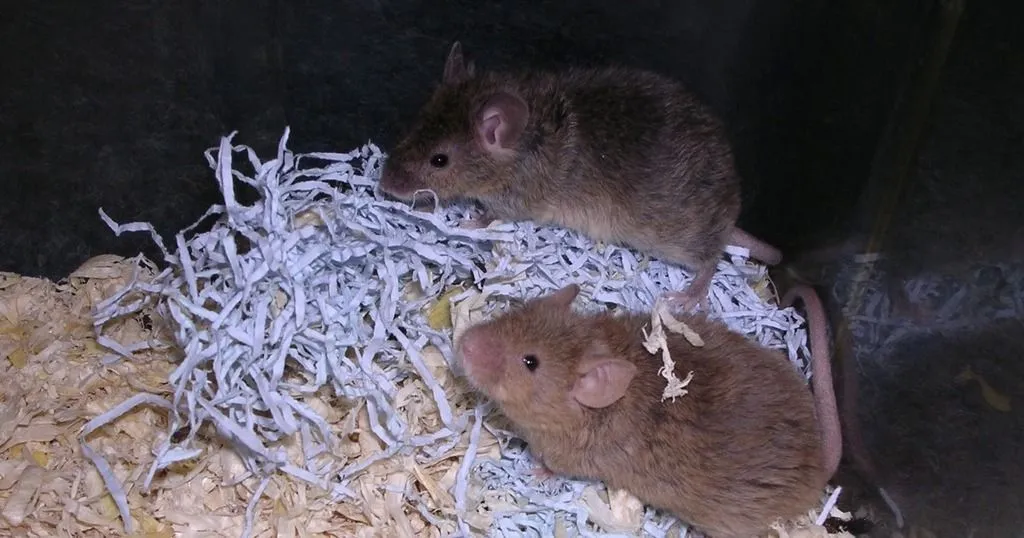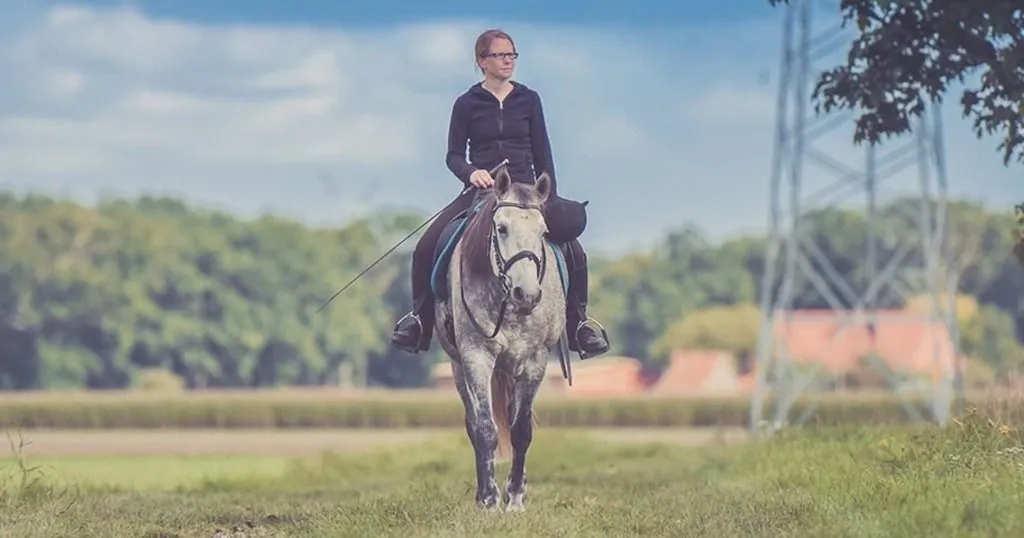Serotonin and social skills: how adult mice differ from juveniles
Serotonin is a busy neurotransmitter, influencing processes as memory, mood, emotion, appetite, and sexuality. A prime role for this neurotransmitter is social behavior, across a variety of species; humans, rodents, primates.
Posted by
Published on
Thu 07 Jan. 2016
Topics
| EthoVision XT | Mice | Seizure Behavior | Sociability Test | Social Behavior Research | Video Tracking |

Serotonin (5-HT) is a busy neurotransmitter, influencing such varied neuronal processes as memory, mood, emotion, appetite, and even sexuality. A prime role for this neurotransmitter is social behavior, across a variety of species; humans, rodents, primates, and even flies all rely upon serotonin to display normal social behaviors. These social effects are partly mediated through the serotonin receptor 5-HT2CR. This role has been confirmed by pharmacologic treatment, but until recently this work had focused primarily on adult rodents. In this current article, Séjourné and colleagues from the Scripps Research Institute (Florida, USA) for the first time investigated the role of 5-HT2CR in the development of social behavior.
Social approach
In order to assess the role of 5-HT2CR in proper development of social behavior, Séjourné et al. tested juvenile and adult mice in a three-chambered social approach task. In this task, mice have the choice between remaining in a neutral middle chamber and venturing into one of two side chambers; one holds a novel object (empty tube), and one holds a novel, same-sex conspecific (within an identical tube). Mice with normal social behavior spend significantly more time in the chamber with a novel animal than in either of the other two chambers. EthoVision XT was used to assess time in each chamber, as well as velocity and distance traveled.
Adults behaving differently from juveniles
Results showed that animals lacking the 5-HT2CR suffered from abnormal social behavior, but only during adulthood, not in the juvenile stage. Juvenile mice lacking the receptor had the same preference for social stimulus animals as did wild types while mutant adults spent significantly less time in the chamber with the novel animal. Additionally, velocity and distance traveled were significantly higher in knockouts compared to wildtypes, providing additional evidence that removal of 5-HT2CR decreases social interaction, while increasing locomotor behavior, but only in adults.
Seizure susceptibility
Another interesting result from this study is that mice without the 5-HT2CR are also highly susceptible for audiogenic seizures, but again, only as adults. This was measured in a PhenoTyper home cage while activity was recorded with EthoVision XT. All adult knockouts, but not juveniles, exhibited seizures that were induced by a 108-db white noise for one minute. This is interesting because one third of ASD (Autism Spectrum Disorder) patients show comorbidity with epilepsy; and the onset of social deficits coincides with the onset of high seizure activity.
Serotonin interacts with Pten
Evidence in literature points to an interaction with Pten and the 5-HT2CR. Pten is a protein that, amongst other things, has a tumor suppressor role, and mutations in the Pten gene are a known risk factor for ASD. So in this study, an additional mutant strain was bred as a double knockout for both 5-HT2CR and Pten; this double mutant had only a 20% survival rate into adulthood; it’s possible that the early lethality in these mice is due to their increases seizure susceptibility. Because social approach/investigation could not be assessed in these animals, females who were heterozygous for Pten were administered a 5-HT2CR selective antagonist and assessed on the social approach task, again using EthoVision XT. These female demonstrated rescued social behavior, showing a high preference for the novel social stimulus, no different from that of wild types.
Putting the pieces together
Séjourné et al. have shown nicely that complete removal of the 5-HT2CR in the mouse impairs normal social behavior once animals have reached adulthood, but not earlier in life. By combining social approach behavioral data with seizure activity, results indicate that deficits in both social behavior and seizure susceptibility are likely mediated through an excitation/inhibition imbalance in the mutant mice. Furthermore, the data supports to the hypothesis that interactions between 5-HT and Pten modulate the neural circuitry underlying social behavior.
Reference
Séjourné, J.; Llaneza, D.; Kuti, O.J.; Page, D.T. (2015). Social behavioral deficits coincide with the onset of seizure susceptibility in ice lacking serotonin receptor 2c. PLOS ONE DOI:10.1371/journal.pone.0136494.
Related Posts

How to measure the social behavior of Fragile X mice

Horses: behavioral research, physiology and biomechanics

